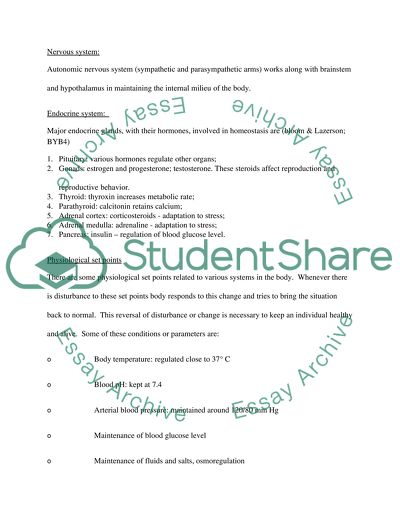Cite this document
(“Homeostasis Essay Example | Topics and Well Written Essays - 1000 words”, n.d.)
Homeostasis Essay Example | Topics and Well Written Essays - 1000 words. Retrieved from https://studentshare.org/science/1523089-homeostasis
Homeostasis Essay Example | Topics and Well Written Essays - 1000 words. Retrieved from https://studentshare.org/science/1523089-homeostasis
(Homeostasis Essay Example | Topics and Well Written Essays - 1000 Words)
Homeostasis Essay Example | Topics and Well Written Essays - 1000 Words. https://studentshare.org/science/1523089-homeostasis.
Homeostasis Essay Example | Topics and Well Written Essays - 1000 Words. https://studentshare.org/science/1523089-homeostasis.
“Homeostasis Essay Example | Topics and Well Written Essays - 1000 Words”, n.d. https://studentshare.org/science/1523089-homeostasis.


